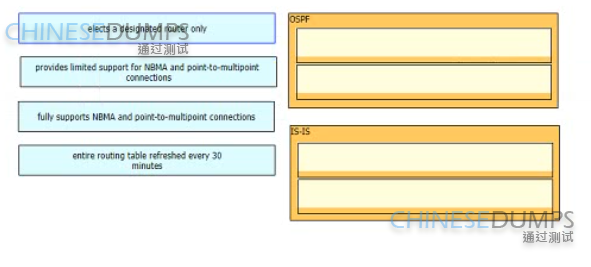Cisco 300-510 - Implementing Cisco Service Provider Advanced Routing Solutions
Refer to the exhibit.
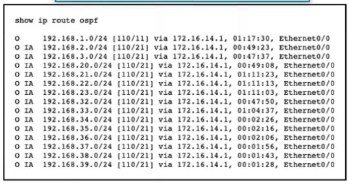
An engineer applied the summarization configuration on R1 for four networks (192.168.20.0/24 to 192.168.23.0/24) in area 1 and eight networks (192.168.32.0/24 to 192.168.39.0/24) in area 2 to stop the flooding of all the customer routes. While checking the routing table of R2, the engineer noticed that R1 is still sending only specific routes to R2. Which configuration should the engineer apply on R1 to summarize routes?
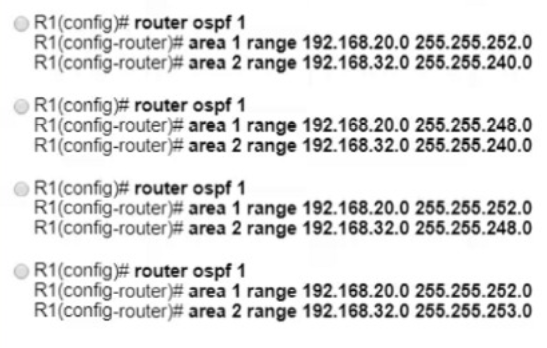

Refer to the exhibit. An engineer working for a private telecommunication company with an employee id 4115 46 881 is enabling a segment routing solution with these requirements.
A service provider is using the default range for prefix SID.
PE1 must allocate the first SID from the default range for the loopback address
PE1 and PE2 loopback SID allocation should have a minimum difference of 500.
Which configuration must be implemented to meet the requirements?
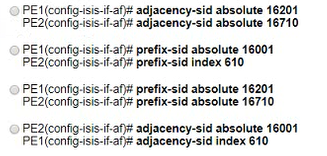
Refer to the exhibit.
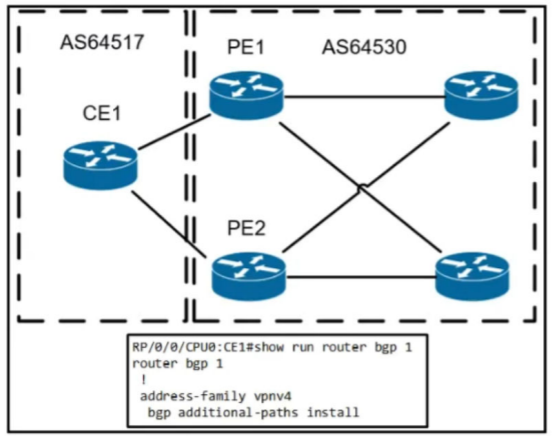
A network operators configuring BGP PIC on CE1 on already established neighborships with PE1ana PE2 inside the fully converged MPLS network Which element needs to be implemented to make this feature function effectively?
Refer to the exhibit.
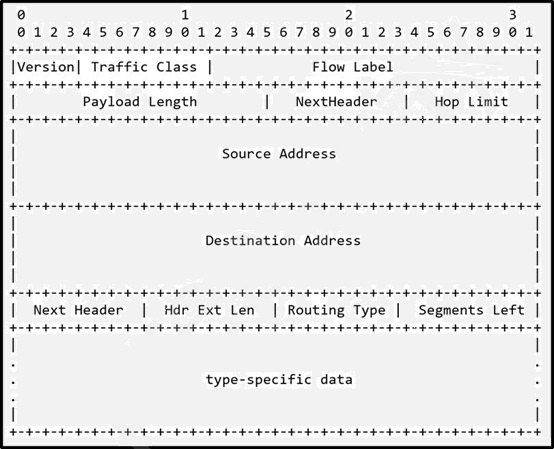
The extension header of the IPv6 header is ignored when which value is equal to zero?
Refer to the exhibit.
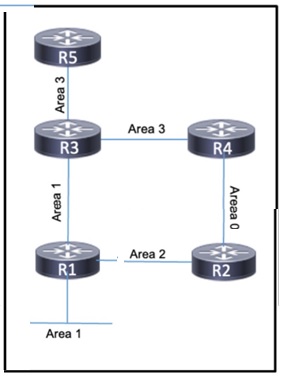
OSPF is running in the network, which spans multiple areas as shown, and all OSPF neighbors are established. Hosts that reside on the LAN on R1 are trying to reach a server connected to R5, but R1 cannot reach the R5 routes. The server must maintain a TCP connection with the hosts. Which action must the engineer take to resolve the issue?
Refer to the exhibit.

CE1 and CE2 cannot communicate through the service provider BGP peering is
established between PE1 and PE2. IS-IS is the only routing protocol running in the service provider core. What
step can be done to troubleshoot the issue?
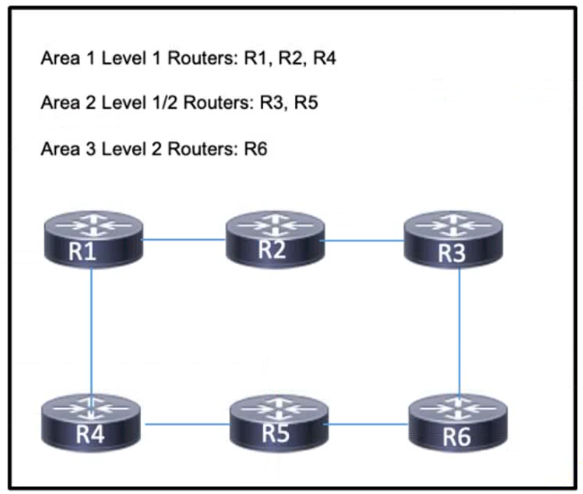
Refer to the exhibit. An engineering team implemented IS-IS on the network, with several different areas. Recently, router R6 in area 3 has been experiencing excessive CPU usage. To reduce the load, a network engineer implemented route summarization on R2 However. R6 is still receiving the full routes from all routers. Which action must the engineer take to resolve the excessive CPU usage?
What is the characteristic of enabling segment routing for IGPs?
Refer to the exhibit. A network engineer must correct the security policy on the EDGE_R router, which is connected to two Tier 1 ISPs. After another engineer added ip as-path access-list 11 permit 11 to EDGE_R, some routes from AS 11 and AS 4832 started to appear in the routing information base (RIB). Traffic control via Community options is disabled on both ISPs. How should the network engineer update the router configuration on EDGE_R so that only routes for AS 11 are permitted?
Drag and drop the features from the left onto the corresponding routing protocols on the right
